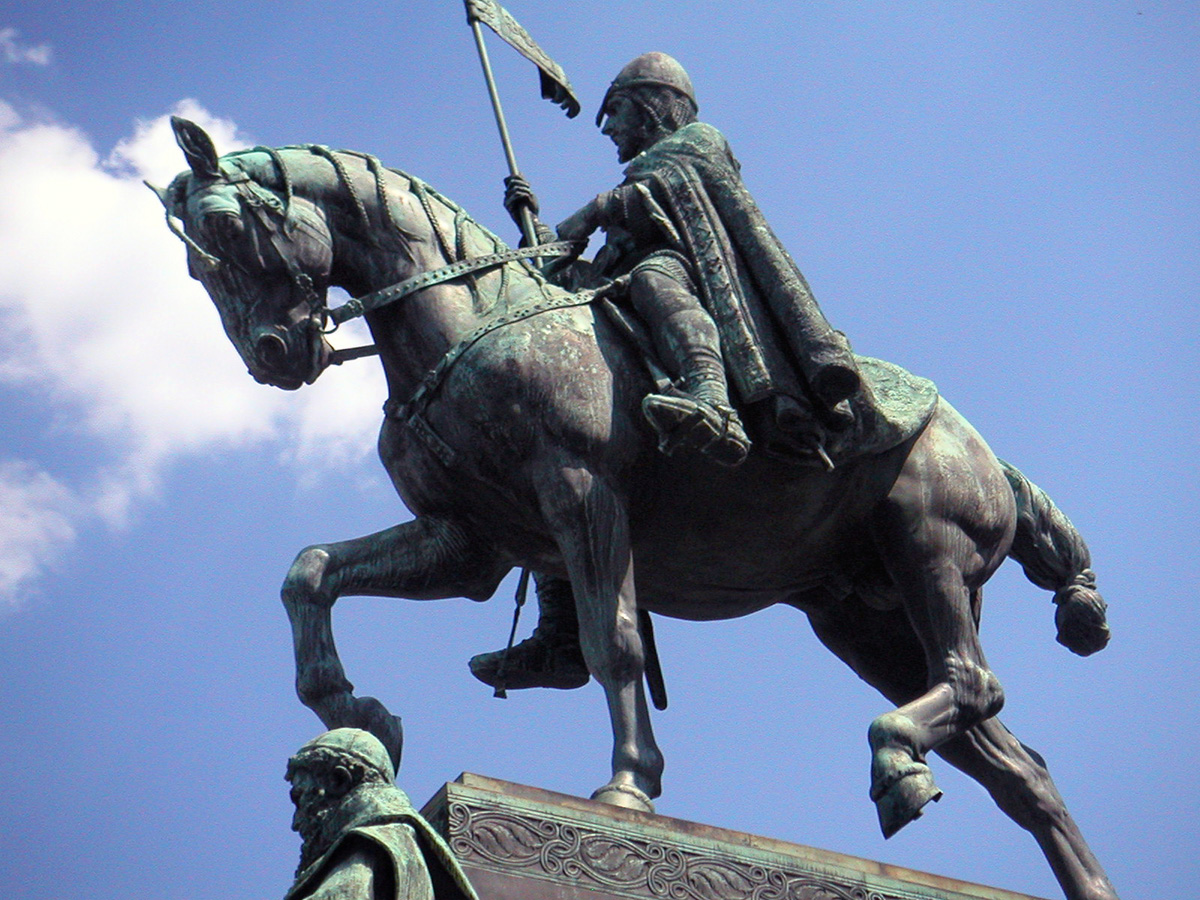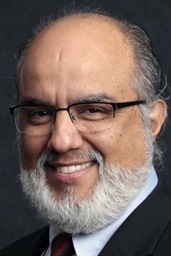Key Points:
- The famed British carol about a generous king on a cold winter’s night takes inspiration from a very real Christian martyr.
- Václav the Good, whose name is Latinized as Wenceslas, is still regarded as an important figure in his Czech homeland — with a prominent statue and national holiday to his name.
- Some United Methodists see lessons in his story for today.
Think of it as the English-speaking world’s most popular day-after-Christmas carol.
Musical groups as diverse as the Royal Philharmonic Orchestra, Mannheim Steamroller, the Beatles and countless carolers in Victorian garb have all offered their own renditions of “Good King Wenceslas.”
The carol about a generous ruler trudging out to help a poor man, “when the snow lay round about, deep, and crisp, and even,” takes place not on Dec. 25 but on the Feast of Stephen, Dec. 26.
The British carol first appeared in a Victorian-era collection of children’s stories, with the intent of encouraging Christian charity. But the inspiration for this fanciful tale was a very real Christian martyr who lived in the 10th century.
The historical Wenceslas wasn’t English. He wasn’t a king. In his Czech homeland, he wasn’t even associated with Christmas.
However, he remains an important national figure in today’s Czech Republic — where he is known to Czech speakers as Václav rather than Wenceslas, the Latinized version of his name.
The Catholic Church has named him the country’s patron saint. He is meaningful to other Czechs as well, including the country’s United Methodists.
“Václav is a prominent figure from our past,” said the Rev. Jana Křížová, a United Methodist pastor in Prague. “He is a symbol of the Czech state.”
It also makes a certain poetic sense that a song about the Wenceslas of yore would be set on the feast day of Stephen, the first Christian martyr named in the New Testament.
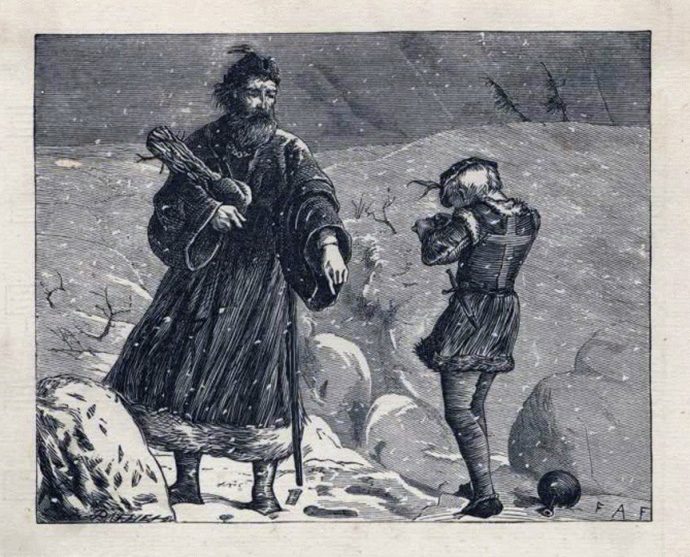
Saintly beginnings
The real Wenceslas — known as Václav the Good — lived from about A.D. 907 to 929, and the story of his brief 22 years on this earth featured more family treachery than a season of “Succession.”
His father, Vratislaus I, was the Duke of Bohemia and a Christian. His mother, Drahomíra, though baptized before the marriage, was aligned with Bohemia’s pagans. As a child, Václav was raised largely by his Christian paternal grandmother, Ludmila — who was later canonized as a saint in her own right.
When Václav was about 13, his father died in battle and Ludmila became regent. But the regency did not last long. His mother had Ludmila killed — resenting her mother-in-law’s influence on the government and her soon-to-be duke son. Newly empowered, Drahomíra also sought to suppress Bohemia’s Christians.
When Václav became Duke of Bohemia himself at age 18, he instead sought to spread Christianity. He commissioned the building of several churches including part of what is now St. Vitus Cathedral in Prague. He also developed a reputation as a wise and compassionate ruler, known for his deeds of mercy.
Legend has it that he paid particular attention to caring for the poor, widows, orphans and even prisoners. He opposed the slave market and would buy slaves in order to set them free. He also is known for successfully negotiating peace with the Bavarians, who had been traditional enemies of Bohemians.
But his jealous younger brother, Boleslav, wanted to become duke himself and had the backing of their mother. Boleslav also was willing to exploit his brother’s faith to seize power. He invited Václav to a church dedication on Sept. 27, 929. The next day, while Václav was on his way to prayer, Boleslav and his henchman attacked — killing the young duke on Sept. 28.
Story of a statue
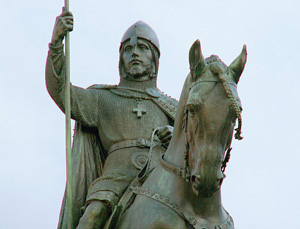

Soon after his death, Václav’s tomb at St. Vitus became a popular site for pilgrimage, and through many shifts in what powers ruled the region, he remained a hero to the Czech people. To this day, he is still a familiar sight to many Czechs.
For nearly 100 years, a large statue of him as an armed knight on horseback has stood proudly in Prague’s Wenceslas Square. Václav’s feast day of Sept. 28 is also a national holiday that celebrates Czech statehood.
Křížová, the United Methodist pastor, said most Czech people know few details of Václav’s life and they enjoy Sept. 28 more as a day off than anything else.
Nevertheless, she said, whenever something significant happens in the life of the country, the Czech people crowd into Wenceslas Square.
On Oct. 28, 1918, the Czech people gathered in front of the statue to hear the Czechoslovak declaration of independence. The square also was the main site of the Velvet Revolution, popular demonstrations in 1989 that nonviolently led to Czechoslovakia’s transition from Communist rule to democracy. The dissident leader who became Czechoslovakia’s first democratically elected president, Václav Havel, even shared the saint’s name.
“The Wenceslas tradition matters,” said Křížová, who like the saint has her own mission of mercy. She coordinates United Methodist refugee ministries, working especially with Ukrainians displaced by war.
Becoming the good king
The transition of Václav, the saintly duke of Bohemia, to Wenceslas, the good king of Christmas-carol fame, came about 900 years after his reign.
The song’s fans can thank John Mason Neale — a 19th century Anglican priest, scholar and hymn writer — for this addition to the holiday season.
Neale had a passion for the medieval church, and he spent much of his ministry translating devotionals and poems from Latin and Greek to make them accessible to English-speaking worshippers. He also wrote some 60 hymns himself.
“Good King Wenceslas” was outside his norm in that he turned to a Bohemian legend for inspiration rather than the writing of medieval monks. The carol first appeared in Neale’s “Deeds of Faith,” a children’s book from 1849, and again in his “Carols for Christmastide” from 1853. Neale set the words to the tune of “Tempus adest floridum,” (“Spring has now unwrapped the flowers”), a 16th-century song for spring.
Neale contributed other beloved hymns to the Advent and Christmas seasons including his translations and settings for “O Come, O Come Emmanuel” and “Good Christian Friends, Rejoice.”
But like Wenceslas himself, Neale’s legacy can’t be limited to Christmas tradition.
“Neale was concerned about resurrecting what he perceived to be the ancient glory of the church,” said C. Michael Hawn, professor emeritus of church music at Southern Methodist University’s Perkins School of Theology in Dallas.
“Part of this was a revitalization of interest in the Christian year.”
Other treasured hymns in the United Methodist Hymnal that bear Neale’s name include “All Glory, Laud and Honor,” “Christ Is Made the Sure Foundation” and “Of the Father’s Love Begotten.”
A good way to start the Christian year
The Rev. Andrew Bridgeman, a United Methodist pastor in the Mountain Sky Conference, shares Neale’s love for the Christian liturgical year and has a special fondness for “Good King Wenceslas.”
Bridgeman — no stranger to snow “deep and crisp and even” — makes a point at each church he serves of including the carol as part of worship on the first Sunday of Advent.
“I see it as a bridge between the end of the liturgical year and its beginning,” said the pastor of Lewistown, Denton and Winifred United Methodist churches in Montana.
“It connects the Reign of Christ Sunday with the Advent of our hope as a concrete example of how we may let Christ’s light shine. Wenceslas is both an example of the way things are and the way things can be.”
Bridgeman first got to know the carol as a student at Spring Arbor University, a Free Methodist school in Spring Arbor, Michigan, where his dormitory each Christmas performed “Good King Wenceslas” with the dorm residents' own added verses. He said he saw young men — about the same age as Václav during his reign — start out shy and then begin to sing with gusto.
Bridgeman sees reason for United Methodists to be similarly enlivened by the story of Wenceslas.
“I find hope in the story of Wenceslas,” the pastor said. “The song relates the incredible lengths that Wenceslas went to help his people.”
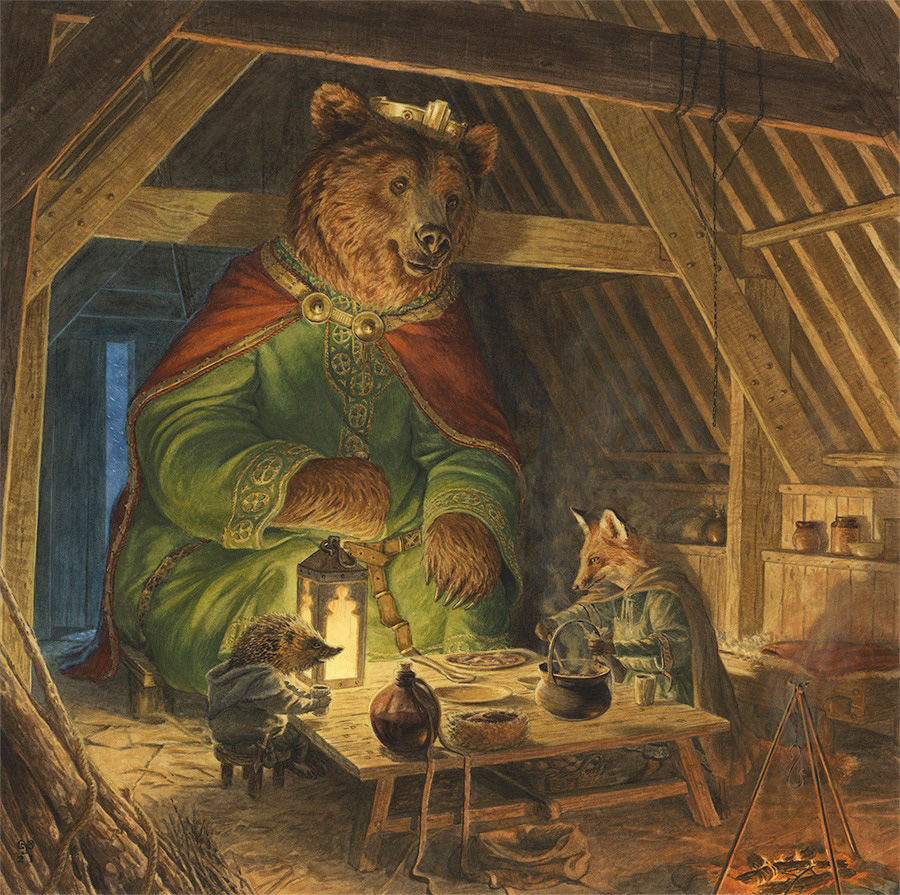
In the carol, Wenceslas sees a poor man gathering winter fuel. Rather than ignoring the man and ignoring the need, Wenceslas goes bravely into the night through “rudewind’s wild lament and the bitter weather.” His page then follows in the good king’s footsteps, just as Christians are called to follow the path set by Christ.
Wenceslas, Bridgeman added, also makes a good foil for the other earthly king Christians hear about at Christmas time, the villainous Herod. The Gospel of Matthew tells how Herod saw Jesus’ birth as a threat and how his efforts to stop the coming Messiah led to the slaughtering of children.
“In Herod, I find a leader consumed with having, holding and maintaining power. Herod —whose faith is in himself, who would resort to violence, who knows no peace — is so often us,” Bridgeman said.
But in Wenceslas, Bridgeman sees someone whose mind, heart and arms were unreservedly open to his neighbors.
“Wenceslas is the saintly leader who reminds us that we belong wholly to God and one another,” the Montana pastor said. “He and his song remind us that we cannot remain comfortable by the fire when our neighbors are cold, hungry and in need. We must go out into the night, into the wintery winds, into the billowing snow for the sake of our neighbor.”
In his native land, Křížová said the saintly ruler’s story continues to inspire.
“People still project their ideals onto the figure of Wenceslas,” she said.
Hahn is assistant news editor for UM News. Contact her at (615) 742-5470 or newsdesk@umcom.org. To read more United Methodist news, subscribe to the free Daily or Friday Digests.

